Oak Tree Firewood – Full Cord
$950.00
Oak Tree Firewood
Oak tree firewood is harvested from various oak species, each bringing unique characteristics to the firewood stack. Commonly sourced from white oak (Quercus alba), known for its pale, tight-grained wood that resists splitting and warping, this variety is a favorite in North America and Europe for its clean burn and minimal ash. Red oak (Quercus rubra), with its reddish hue and slightly coarser texture, provides a bit more heat output and is often preferred in regions with colder climates, such as the northeastern United States. Live oak (Quercus virginiana), prevalent in the southern U.S. and parts of Mexico, offers a denser, more rot-resistant option, making it ideal for humid environments where moisture is a concern. Depending on the region, other species like English oak (Quercus robur) in the UK or cork oak (Quercus suber) in Mediterranean areas might be used, each adapting to local ecosystems. The choice of variety can influence the firewood’s burn rate, flavor, and availability, with sustainable harvesting practices ensuring that oak forests remain healthy and productive.
Physical and Burning Properties
At its core, oak tree firewood is defined by its impressive density, which contributes to its high energy content—typically ranging from 24 to 26 million British Thermal Units (BTUs) per cord. This density means that oak tree firewood is heavier than softer woods like pine or birch, packing more mass into each log and resulting in a slower, more controlled burn. When properly seasoned, oak tree firewood can burn for hours, releasing steady, radiant heat that warms a room evenly without the rapid flare-ups of lighter woods. The wood’s low moisture content (ideally under 20% after drying) minimizes smoke production, reducing the risk of creosote buildup in chimneys and improving air quality indoors. Its minimal sparking makes it safer for enclosed spaces, and the coals it produces are hot and long-lasting, perfect for tasks like forging metal or simmering stews. Compared to other hardwoods, oak tree firewood’s burn is clean and efficient, with ash that’s easy to manage and often used as a natural fertilizer for gardens.
Preparation and Seasoning for Optimal Use
To unlock the full potential of oak tree firewood, proper preparation is essential. Freshly cut oak tree firewood contains high moisture levels (up to 50% or more), which can lead to inefficient burns, increased smoke, and potential damage to your fireplace or stove. Seasoning— the process of drying the wood—typically takes 1 to 2 years, depending on climate and storage conditions. During this time, the firewood should be stacked in a well-ventilated area, elevated off the ground to promote airflow and prevent rot. Splitting the logs into smaller pieces (using an axe or log splitter) accelerates drying by exposing more surface area to air. Once seasoned, oak tree firewood develops a lighter color, cracks at the ends, and produces a hollow sound when knocked together. This preparation not only enhances burn quality but also extends the firewood’s shelf life, allowing it to be stored for years without degradation.
Benefits and Advantages
The appeal of oak tree firewood extends beyond its physical attributes to its practical benefits. Its durability makes it resistant to pests and decay, ensuring that a well-stocked pile remains usable for extended periods. Environmentally, oak tree firewood supports sustainable forestry when sourced from certified suppliers, as oak trees are prolific and regenerate well, contributing to carbon sequestration and biodiversity. Economically, while it may cost more upfront than softer woods, its high energy density means you use less volume for the same heat output, offering long-term savings. For culinary enthusiasts, oak tree firewood imparts a mild, nutty flavor to smoked foods, elevating dishes like brisket, salmon, or vegetables without overpowering subtler ingredients. In outdoor settings, it provides a reliable base for campfires, maintaining warmth through chilly nights and creating an ambiance that’s both cozy and enduring.
Common Uses and Applications
Oak tree firewood excels in a variety of applications, making it a versatile choice for diverse needs. In residential heating, it’s the go-to for fireplaces, wood stoves, and pellet grills, where its slow burn ensures even warmth and reduced fuel consumption. For cooking, the hot coals from oak tree firewood are ideal for barbecuing, smoking, or even baking in outdoor ovens, with its flavor profile complementing meats and cheeses. In industrial contexts, oak tree firewood powers kilns for pottery or forges for blacksmithing, where consistent heat is crucial. Outdoor enthusiasts appreciate it for bonfires and fire pits, as it holds up well in windy conditions and produces less embers that could spark wildfires. Additionally, oak tree firewood has historical significance in crafting, such as in the production of whiskey barrels, where its tannins add complexity to aged spirits.
Sourcing, Storage, and Safety Tips
Sourcing high-quality oak tree firewood requires attention to detail. Look for suppliers who offer seasoned, split logs from reputable sources, often available at lumber yards, farms, or online marketplaces specializing in firewood. Prices generally range from $200 to $400 per cord, influenced by location, variety, and demand. When storing oak tree firewood, keep it covered to protect against rain but allow ventilation to prevent mold. Stack it neatly in a shed or under a tarp, away from structures to minimize fire risks. Safety is paramount: never burn oak tree firewood in unventilated spaces, and adhere to local fire codes, especially in dry seasons. If you’re new to using oak tree firewood, start with small batches to gauge its burn characteristics and adjust as needed.
In summary, oak tree firewood embodies the pinnacle of hardwood fuel, offering unmatched durability, efficiency, and versatility. From its origins in majestic oak trees to its role in heating, cooking, and crafting, it provides a reliable, eco-friendly option for anyone seeking quality firewood. Whether you’re stocking up for winter or experimenting with new uses, oak tree firewood’s long-burning fires and subtle flavors make it a timeless choice.
Reviews
There are no reviews yet.

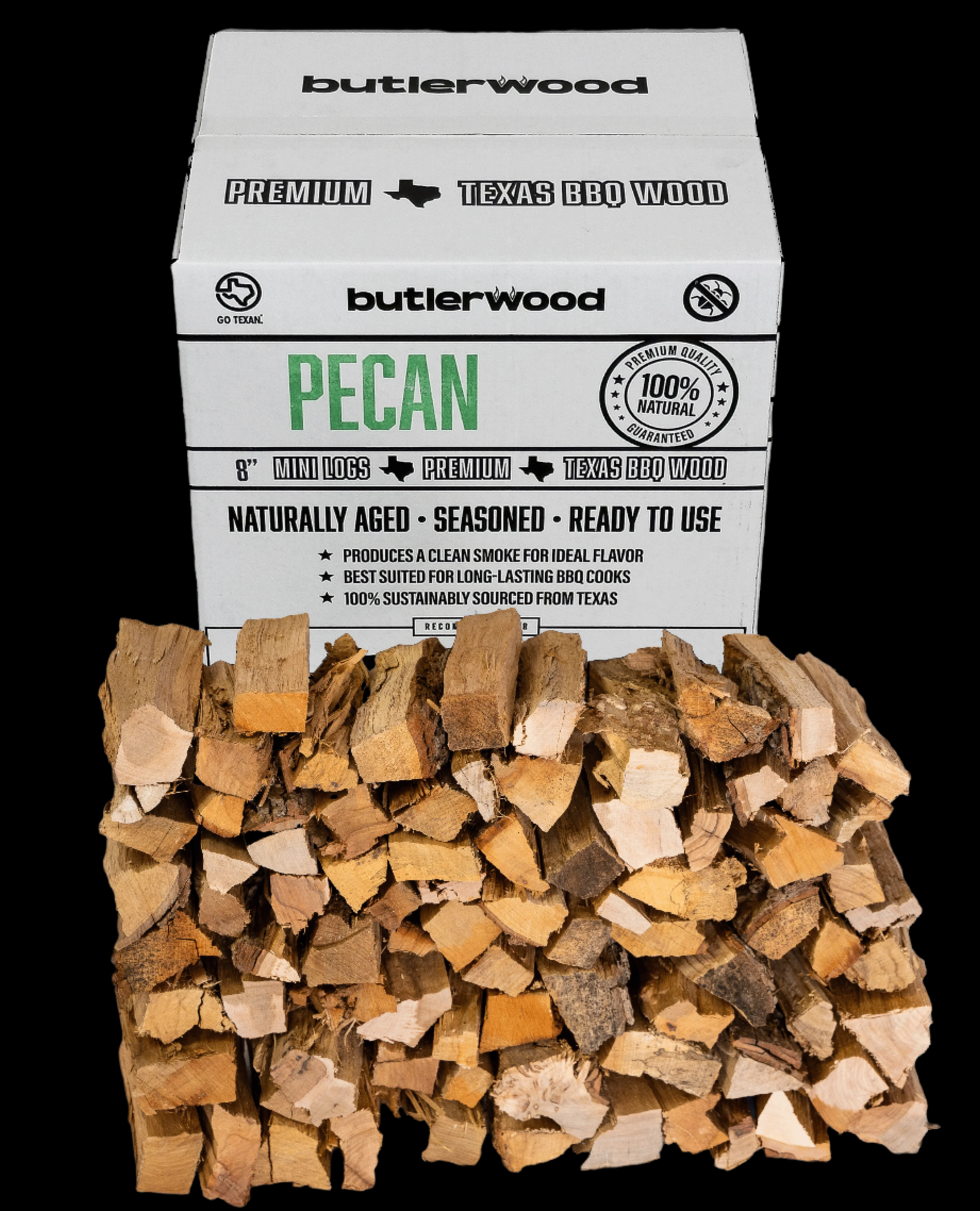
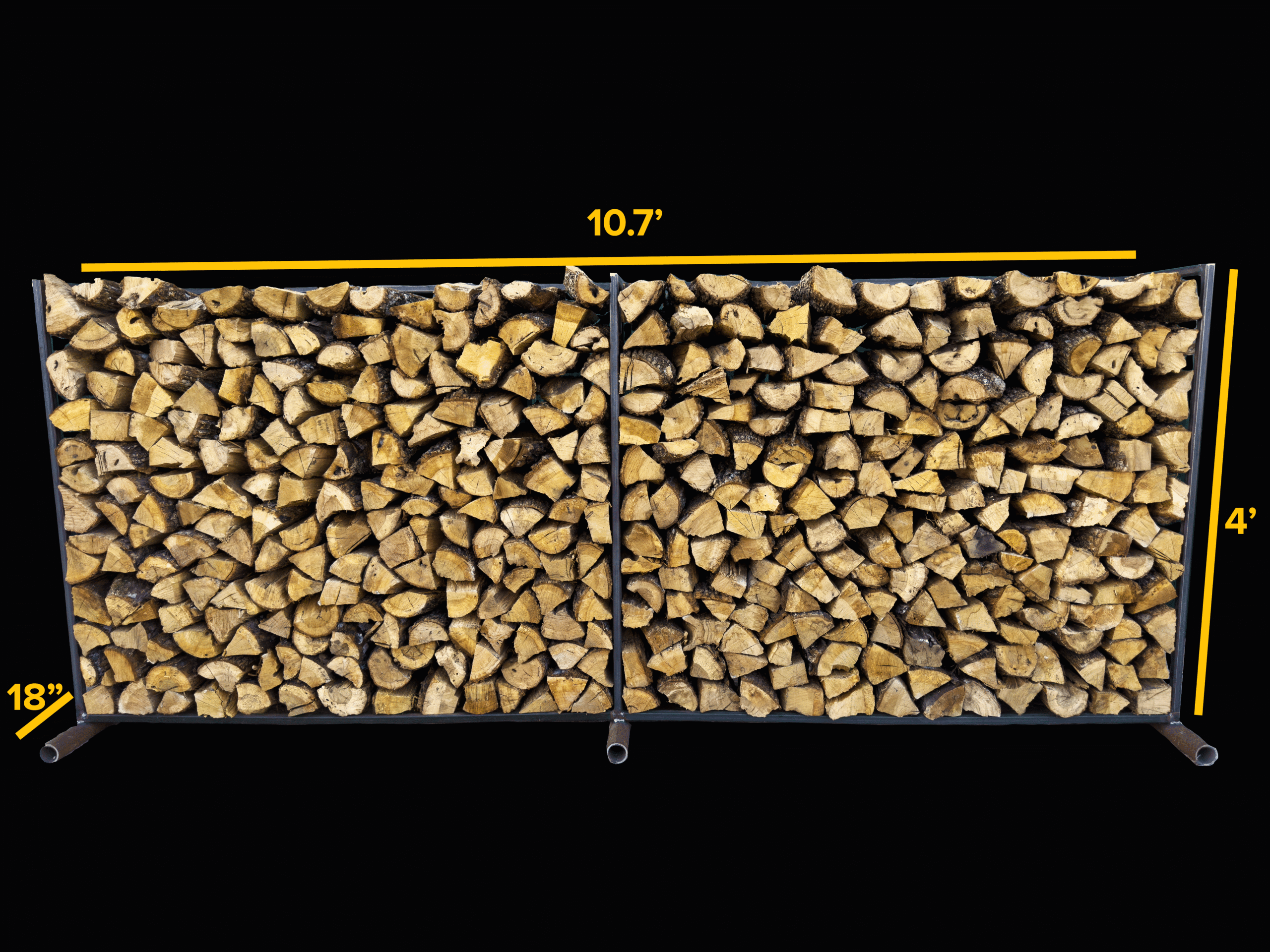



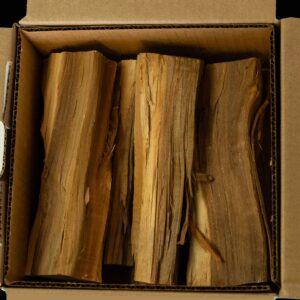
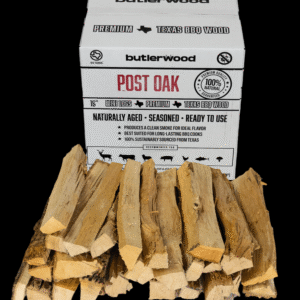

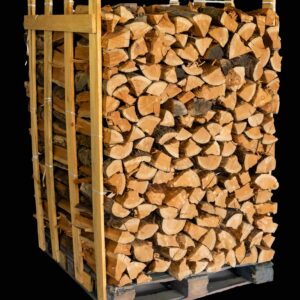
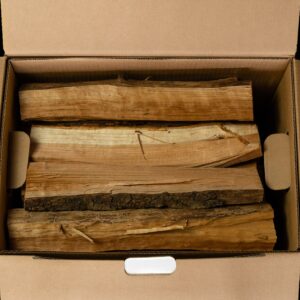


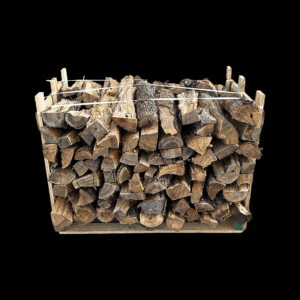
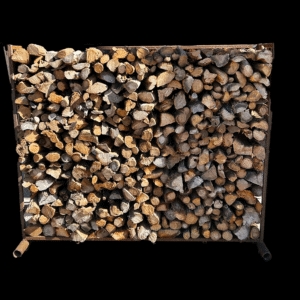
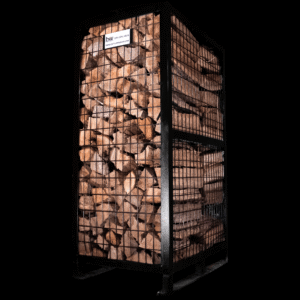
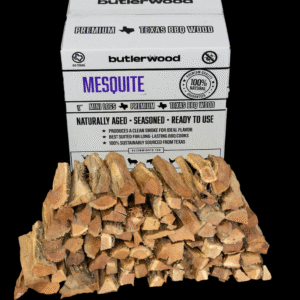
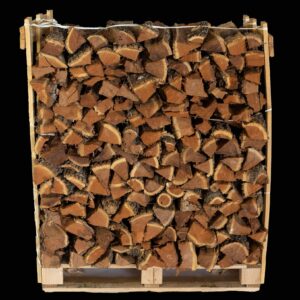
Be the first to review “Oak Tree Firewood – Full Cord”